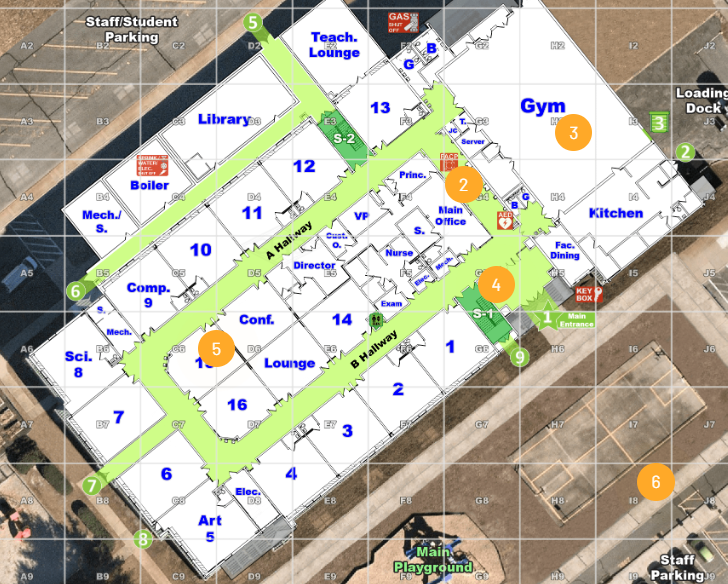Emergency Response Tech Evolves: Intrado Pushes Cloud-Based 9-1-1 System
- Freddie Bolton

- Sep 1
- 2 min read
When extreme weather, wildfires, or infrastructure failures hit, the reliability of emergency communications is tested first. Local 9-1-1 centers often struggle with outdated hardware, limited staffing, and rising call volumes—pressures that make modernization less of a luxury and more of a survival need. Across the U.S., public safety agencies are under pressure to adopt technology that can cut response times, overcome language barriers, and remain operational even when networks are strained.
Against this backdrop, Intrado Life & Safety has unveiled VIPER NextGen, a new cloud-native call-handling system built to bring Next Generation 9-1-1 features to both large cities and smaller, resource-limited communities. The platform is designed to combine resilience with ease of deployment, offering call centers real-time language translation, speech-to-text transcription, and a map-centric operator interface.
According to Intrado, the new system reduces training requirements significantly, allowing dispatch centers to get new staff up to speed in a fraction of the time normally required. Its cloud architecture also introduces georedundant backup, ensuring continuity if one network node goes down during a storm, power outage, or cyberattack.
“VIPER NextGen was designed with the future in mind,” said Jeremy DeMar, Senior Manager of Government and Regulatory Affairs at Intrado. “The flexible platform is incredibly robust, enabling even small PSAPs with limited resources to get up and running quickly.”
Emergency communications experts say such upgrades are overdue. A senior official involved in disaster-response planning, speaking anonymously, noted that reliance on legacy 9-1-1 infrastructure during major crises has already cost lives. “We’ve seen cases where call centers went dark because of a single point of failure,” the official said. “What agencies need now are tools that survive the disaster they’re meant to respond to.”

Intrado’s launch highlights how the next wave of emergency-response technology is being defined not just by speed, but by survivability and scale. As climate events grow more frequent and public safety workloads intensify, the shift toward cloud-native, AI-enhanced platforms is moving from discussion to deployment.





